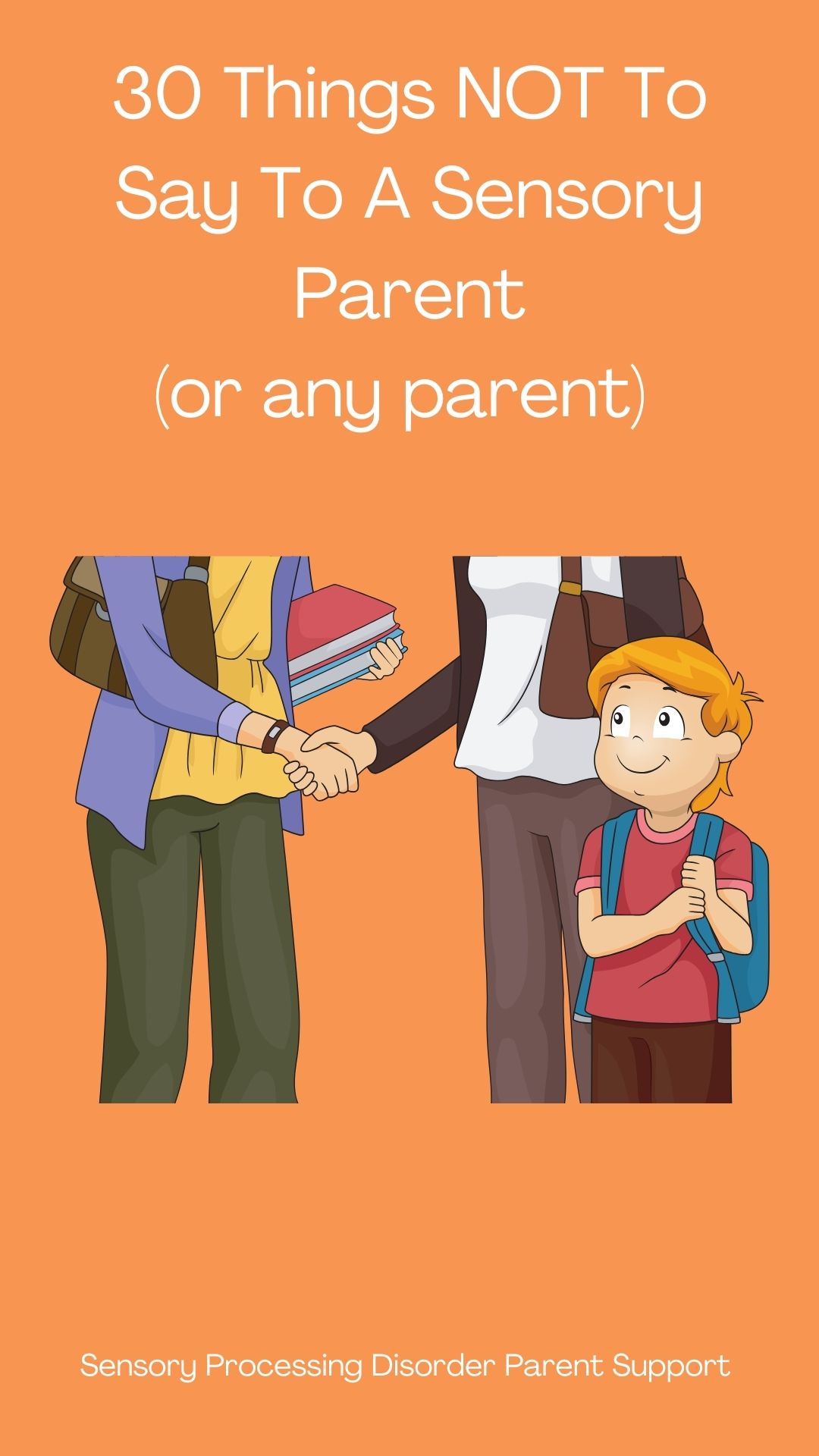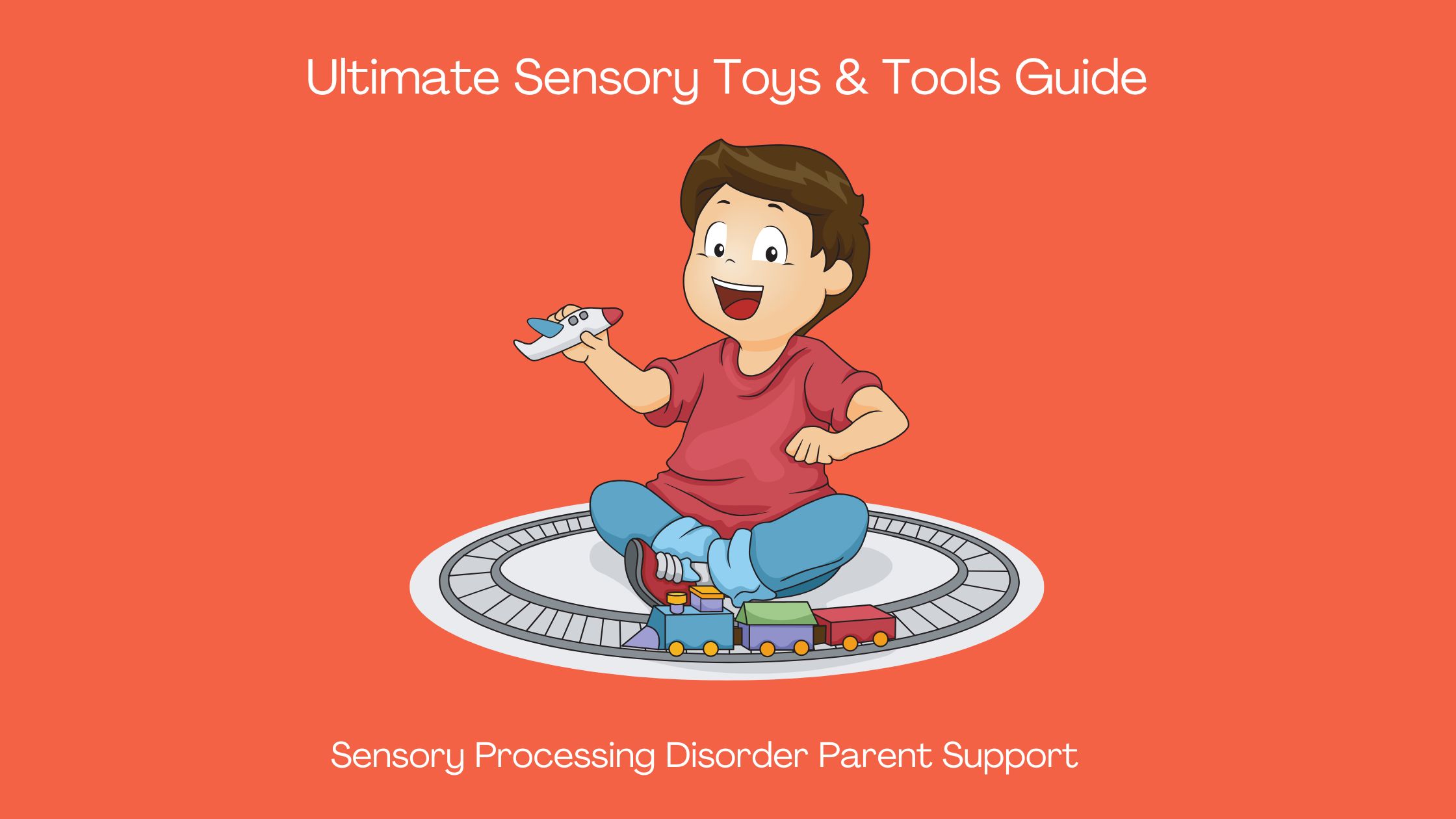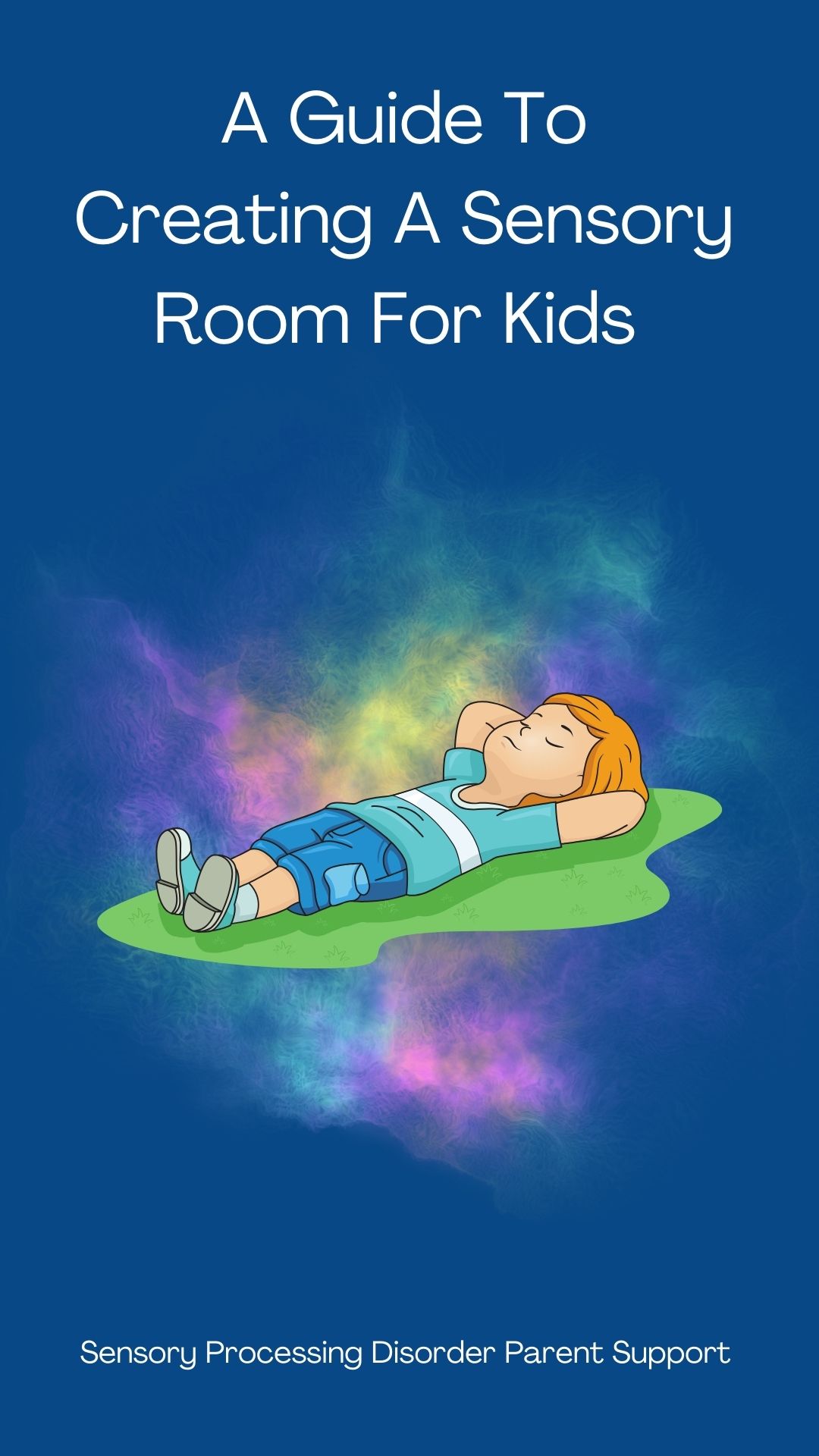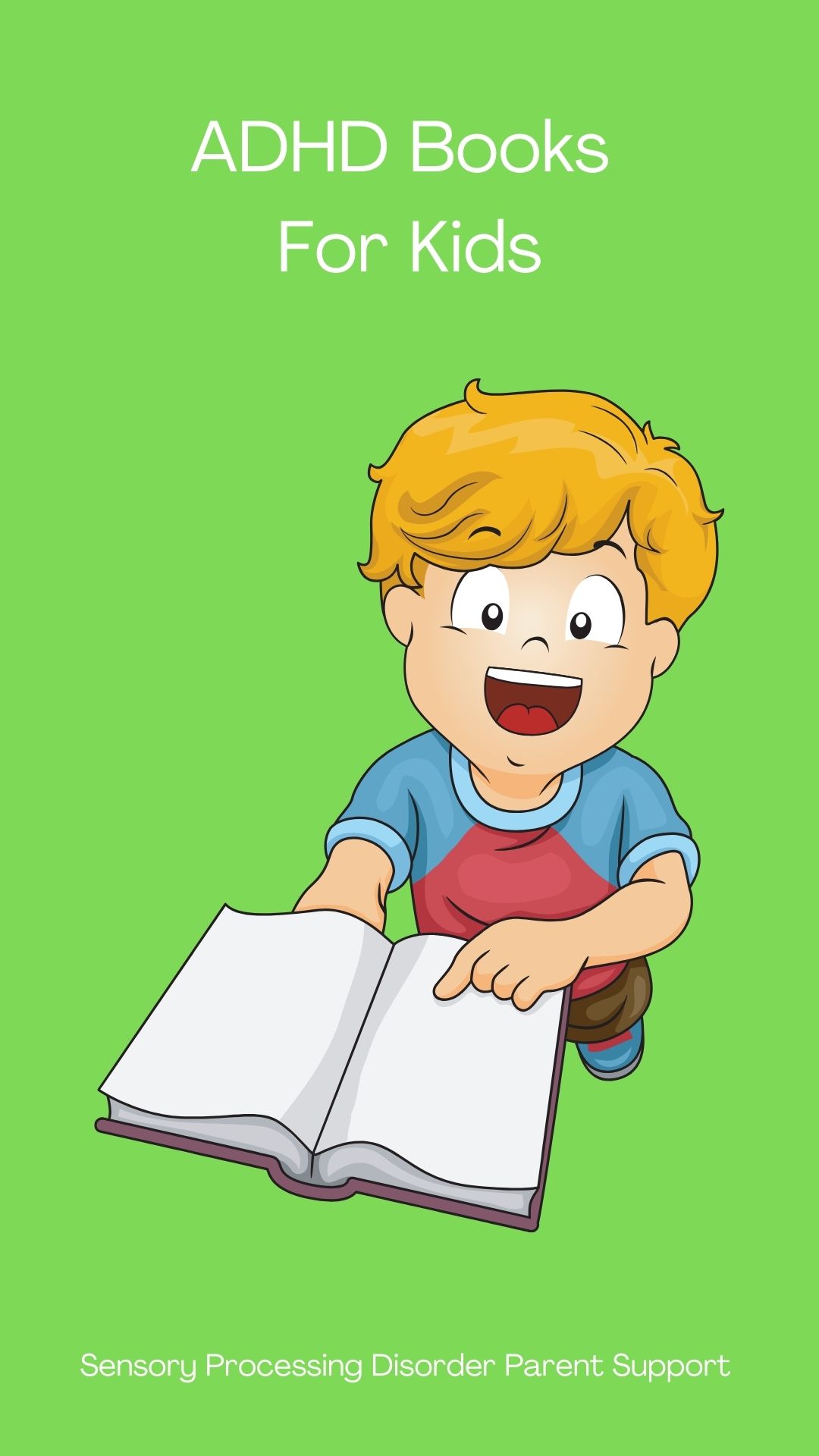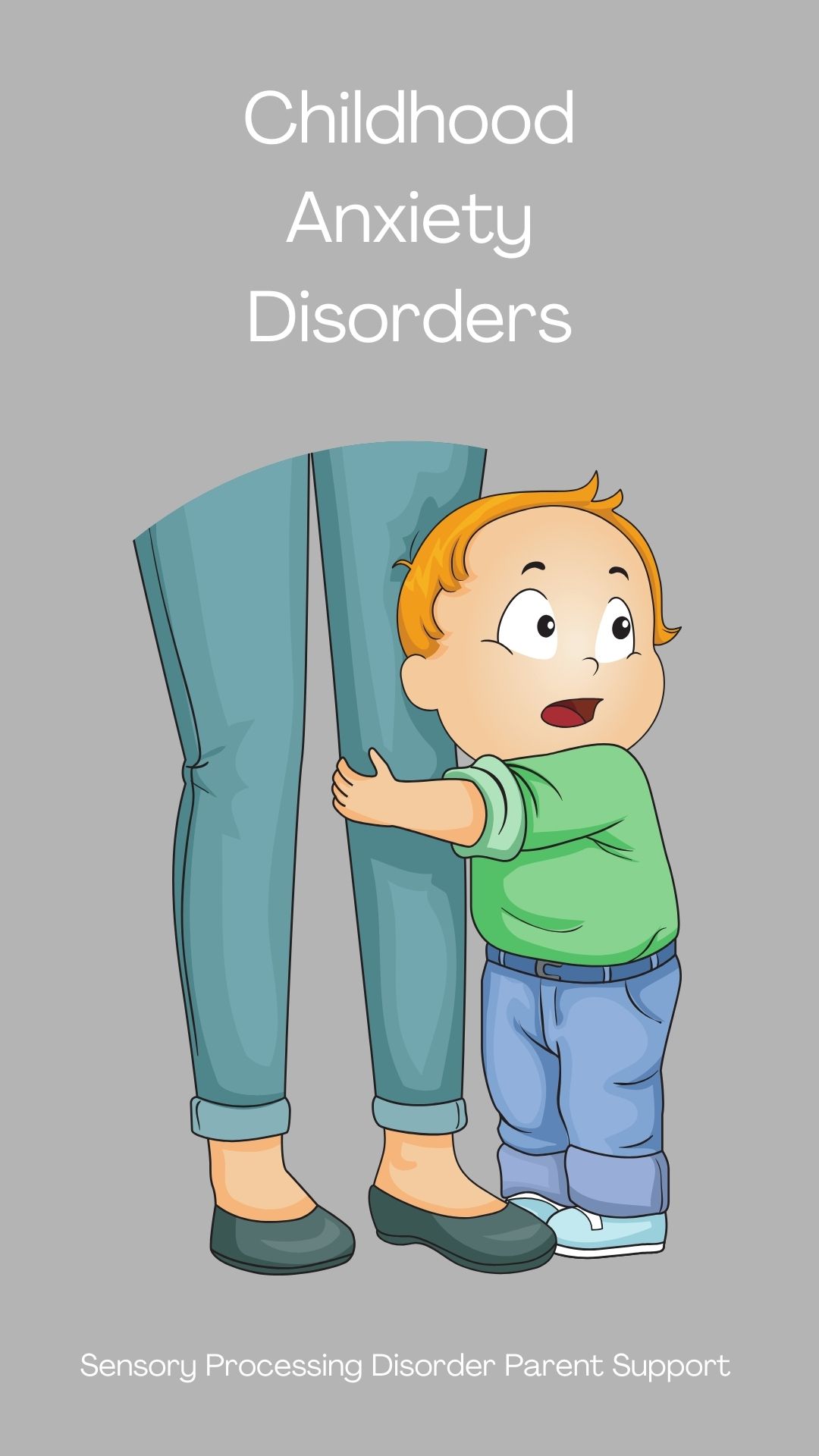Using sensory toys and tools can have a significant impact on your child's development. These sensory tools can help children become more regulated and focused.
Sensory toys and tools can also help improve your child's coordination, fine motor skills, gross motor skills, balance and emotional regulation too.
Sensory tools can provide a calming activity to help children regulate their emotions and behavior. A sensory diet is a schedule for a child's sensory activities throughout the day. A sensory diet is created by an occupational therapist. These activities may involve using tools like a trampoline, weighted blanket or a sensory bin.
The sensory activities scheduled will depend on the child and what their sensory needs are. Sensory activities scheduled everyday will help the child to stay regulated. Sensory toys are important to a child's development and have endless benefits for children who struggle with sensory processing disorder.
Tactile input is the sense of touch. Tactile tools and toys can help a child with their sensory processing disorder learn to cope better with touching things around them. Some examples of tactile toys include sensory fidgets, playdough, slime and sensory putty.
Visual input is the sense of sight. Visual toys and tools can help children with their visual processing skills. Some examples of visual toys include kaleidoscopes, sensory lights and spinning toys.
Olfactory input is the sense of smell. Olfactory tools include scented playdough or sensory bins with different scents. These tools can help children process different smells.
Auditory input is the sense of hearing. Auditory sensory tools include noise canceling headphones, sound puzzles and musical instruments.
Gustation is the sense of taste. Gustation sensory tools can be used to introduce new food textures gradually. Gustation tools include chewelry, vibration oral tools, whistles or chewing on sour candy.
Proprioception is our body awareness and coordination sense. Proprioceptive tools include weighted vests, sensory putty, body sock, compression clothing or toys you can squeeze.
Vestibular is the sense of balance. Vestibular tools and toys can help a child improve their balance. They can also help with coordination too. Vestibular toys include balance boards, scooters and sensory therapy swings.
Interoception is the internal physical sensations sense. This is the sense that helps us feel what we feel inside like if we are thirsty, need the bathroom or if we are hungry. Interoceptive tools can help children with their internal sensations. When they learn new ways to cope with their interoceptive sense they will be more regulated.
Listed below are each of the eight sensory systems, click on each to discover sensory toys and tools for all eight senses.
